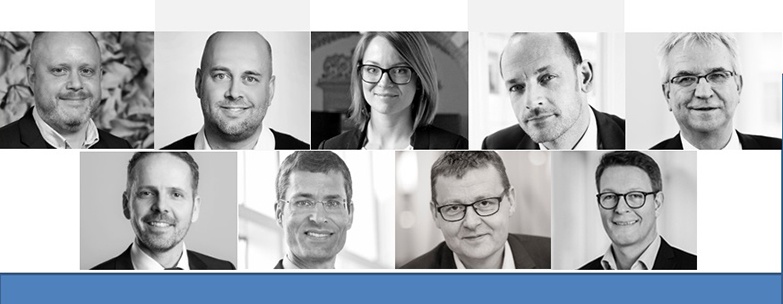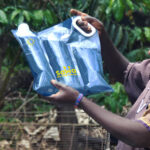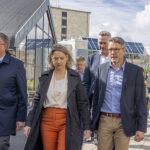Strong commitment from local and regional government to Copenhagen Science City
Developing an innovation district is a team-sport. “Team” Copenhagen Science City has just been joined by two important players. One from the City of Copenhagen and one from the Capital Region of Denmark. They are joining the so-called “Development Council” which is a forum for partners to plan the development of the innovation district. By Jes Andersen.
City and Regional government
The two new members are David Meinke who is director of centre for regional development in Capital Region of Denmark and Nanna Westerby Jensen who is a director of city planning in the City of Copenhagen.
Collaborating with the City of Copenhagen and the Capital Region is crucial to the development of Copenhagen Science City. We welcome Meincke and Jensen who are both highly experienced. Their insights will be invaluable when we need city or regional buy-in for our mission to create one of the strongest innovation districts in Europe”: David Dreyer Lassen, Chairman of Copenhagen Science City and Prorector at the University of Copenhagen.
Mass transit and innovation actors
The City of Copenhagen has played an important role in the development of Copenhagen Science City. The city has improved mass transit by creating a dedicated Bus Rapid Transit Lane connecting Copenhagen Science City to DTU (Danish Technical University) at one end and Nørrebro Station, one of Denmark’s busiest transit points, at the other. City Hall has also contributed to analysing current industry status and attracting important new innovation actors.
The City of Copenhagen will continue to contribute to the development of Copenhagen Science City. We will work to ensure that the innovation district continues to be attractive to citizens, companies, students and researchers. We will do this by helping to further improve transport infrastructure, meeting places and other important elements of the physical framework of the area”: Nanna Westerby Jensen, Director, Dept. of city planning, City of Copenhagen
Mapping excellence and potential
The Capital Region of Denmark has also played a vital part in the development of Copenhagen Science City . Not least by mapping positions of research excellence with international commercial investment potential and analysing where new facilities for companies could be developed in the district. The Capital Region of Denmark has also co-organised a number of significant events with its partners which has raised the visibility and connectivity of the innovation ecosystem.
The Danish Capital Region is home to hospitals that are globally recognized for the quality of research as well as care, including the University Hospital Rigshospitalet which is a central part of Copenhagen Science City. We need to innovate continuously to meet the challenges of changing demographics. Our stake in Copenhagen Science City gives us direct access to important partners in this effort”: David Meinke, Director, Centre for Regional Development, Capital Region of Denmark
High level forum
The two are joining a development council where all Copenhagen Science City partners are represented at the highest level.
- From University of Copenhagen, Prorector David Dreyer Lassen.
- From University College Copenhagen, Vice Chancellor Stefan Hermann.
- From University Hospital Rigshospitalet, CEO Per Christiansen.
- From start-up communities Symbion and COBIS, CIO Morten Mølgaard Jensen.
- From Danish Building and Property Agency, Deputy Director Kristian Lyk-Jensen.
- From pharmaceutical giant Novo Nordisk, Chief Scientific Advisor Peter Kurzhals.
- From University of Copenhagen, Head of Secretariat, Kristoffer Klebak
Creating a world class innovation district
Copenhagen Science City is a two square kilometre area in the heart of the Danish capital. Here, the University of Copenhagen, the University Hospital Rigshospitalet and the University College Copenhagen are working with external partners to create a world class innovation district.
The main activities of Copenhagen Science City are:
- Attracting and retaining companies, investors and talent.
- Strengthening collaboration between innovation ecosystem actors.
- Urban development such as improving transport infrastructure




